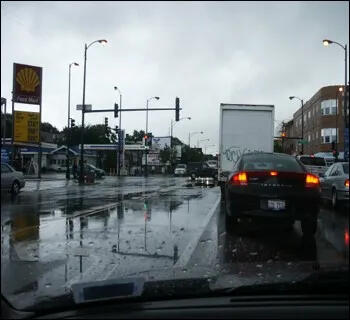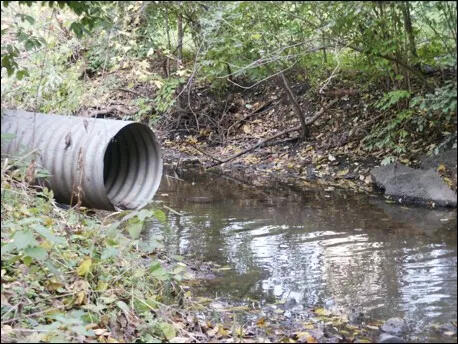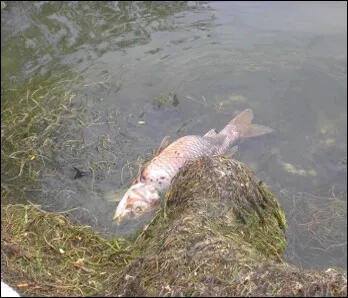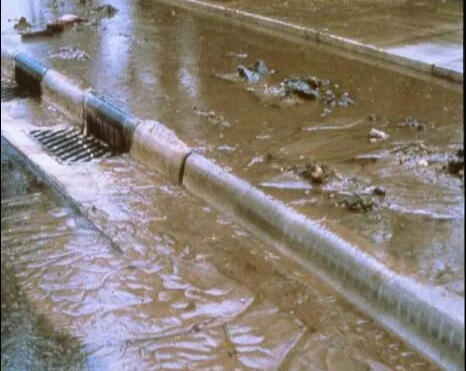
Rain Gardens And
Why They Are Important!
Will rain gardens solve all our freshwater issues?
No. But installing rain gardens on your property will go a long way toward protecting biodiversity, including insects, birds, soil, and water.Rain gardens are an inexpensive, simple to implement, and environmentally sound solution to urban stormwater runoff.
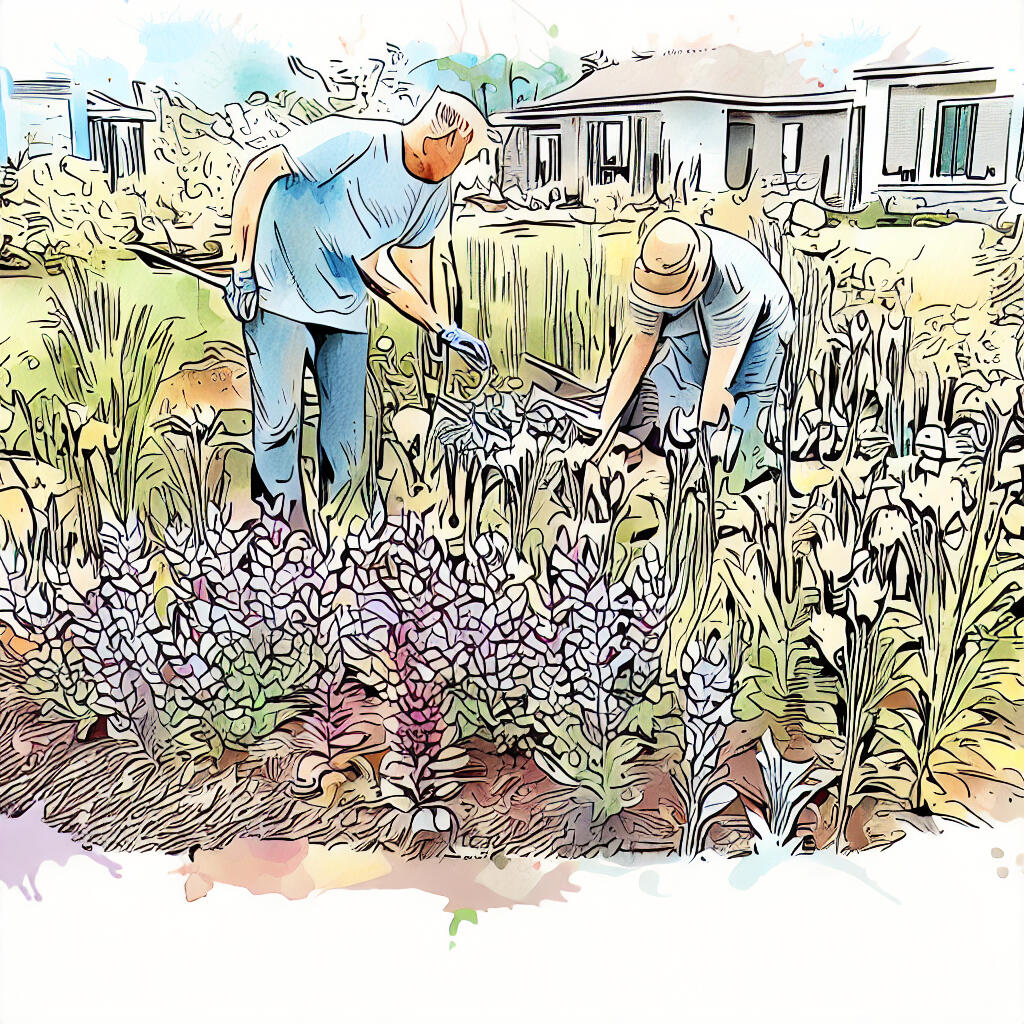
Rain gardens should always be planted with “deep-rooted native plants”. Native plants will support a variety of birds (local and migrating), butterflies (during the egg-laying and migration seasons), beneficial insects, and other wildlife by providing diverse habitats and food sources.
Why Rain Gardens Are Important!
Some of the greatest threats to freshwater are caused by actions that you & I do every day
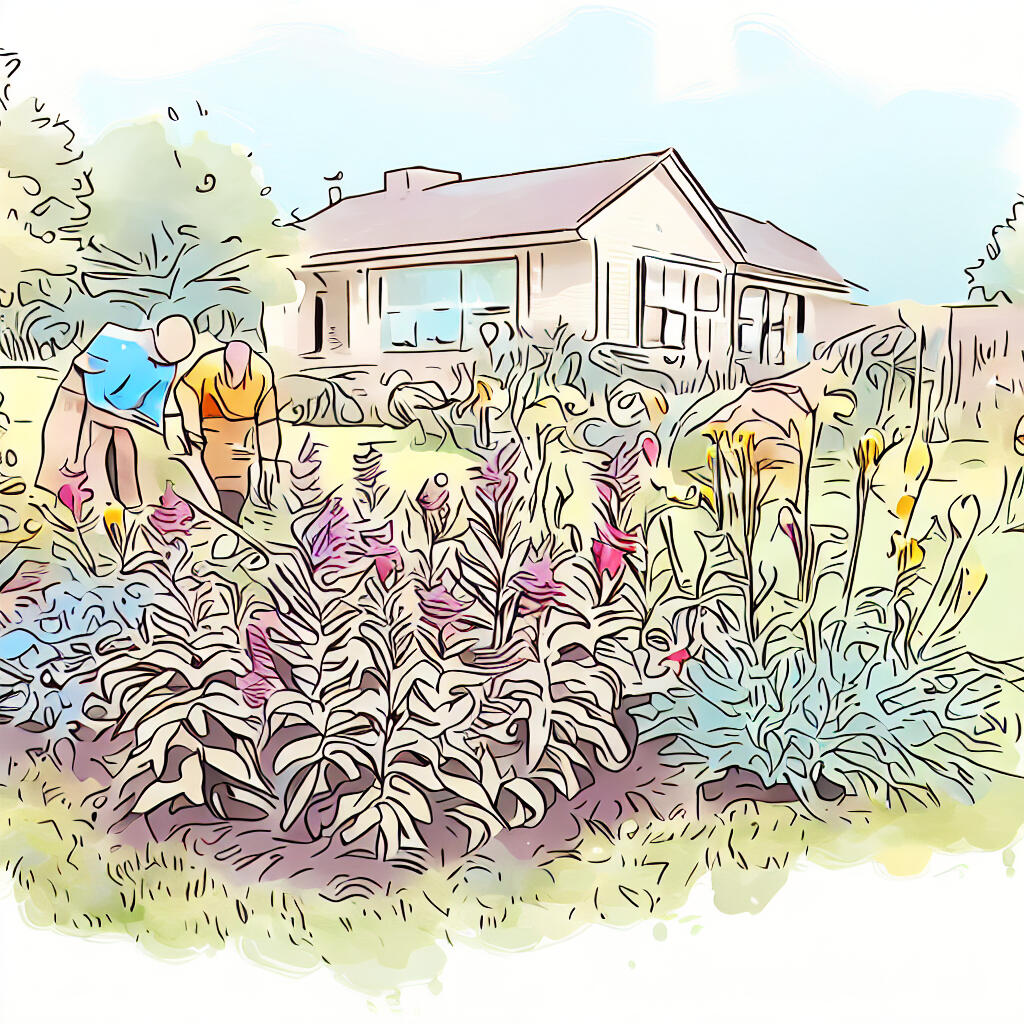
It’s no longer just industry that causes water pollution.
This type of pollution is called Non-Point Source Pollution, Polluted Urban Runoff, Stormwater Pollution, and Wet Weather Pollution.
The EPA considers Non-Point Source Pollution to be the “nation’s largest water quality problem”.
The collective efforts of individuals to mitigate nonpoint source pollution across water bodies, including lakes, rivers, streams, and wetlands, have been documented. It is imperative to recognize that all individuals can make meaningful contributions regardless of their residential location. Adopting simple but effective actions on your property or community can facilitate the prevention of nonpoint source pollution.
Our Priorities
Priority #1- Protect Our Fresh Water
Some of the greatest threats to freshwater are caused by actions that you & I do every day
It’s no longer just industry that causes water pollution
This type of pollution is called Non-Point Source Pollution, Polluted Urban Runoff, Stormwater Pollution, and Wet Weather Pollution
The EPA considers Non-Point Source Pollution to be the “nation’s largest water quality problem”
Priority #2 - Combat Non-Source Point Pollution
The collective efforts of individuals to mitigate nonpoint source pollution across water bodies, including lakes, rivers, streams, and wetlands, have been documented. It is imperative to recognize that all individuals can make meaningful contributions in this regard regardless of their residential location. Adopting simple but effective actions on your property or community can facilitate the prevention of nonpoint source pollution.
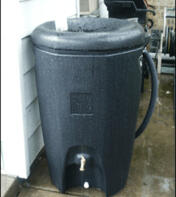
Rain Barrels
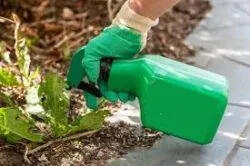
Chemical Use
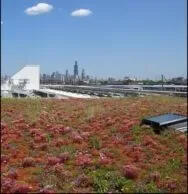
Green Roofs
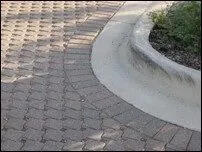
Porous Pavement

Auto Maintenance
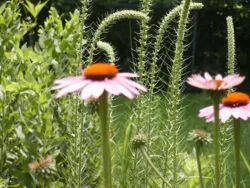
Native Plants
Priority #3 - Provide Habitat for Birds & Insects
Rain gardens should always be planted with “deep-rooted native plants”. Native plants will support a variety of birds (local and migrating), butterflies (during the egg-laying and migration seasons), beneficial insects, and other wildlife by providing diverse habitats and food sources.
About Rain Gardens
Building a rain garden (or a couple of rain gardens) in your own yard is probably the easiest and most cost-efficient thing you can do to reduce your contribution to stormwater pollution.
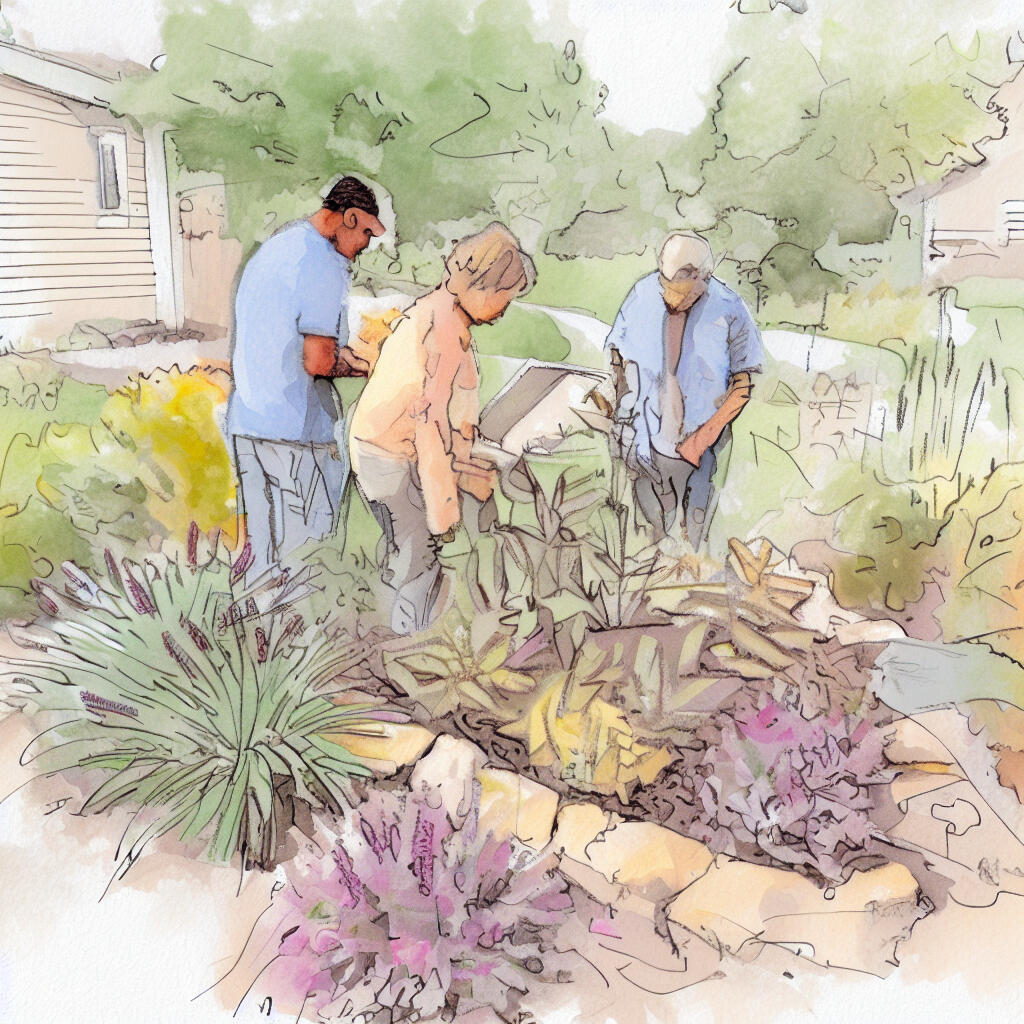
1.) By capturing clean rainwater from your roof, driveway and sidewalks and diverting it into a great looking rain garden where it can slowly soak into the ground, filter contaminants and keep quantities of clean water from going down the sewer system you’ll have a great looking garden that puts water in its place.2.) A rain garden can mimic the natural absorption and pollutant removal activities of a forest, or a meadow or a prairie and can absorb runoff more efficiently, sometimes as much as 30% – 40% more than a standard lawn.
3.) Because rain gardens are dug 4″ to 8″ deep, and in some cases 1′ to 2′ deep, they hold large quantities of rainwater, making their overall construction more cost-efficient than other green alternatives. Rain gardens also need less technical experience to install and can be installed without permits or heavy equipment.4.) Rain gardens are one very good option that helps to lower the impact of impervious surfaces and polluted runoff because they are low-tech, inexpensive, sustainable and aesthetically beautiful.
Build a Rain Garden
By planting a portion of your yard with native plants and a rain garden you can help improve the water quality of our streams, rivers and lakes, as well as beautify your home and neighborhood.
Planning
Your first step is to plan out the garden. When will you plant? Where should you it? How big or deep should it be? What is the shape or size?
1. Find a location
2. Measure the drainage area that flows to the downspout
3. Create a design
4. Choose native plants/grasses
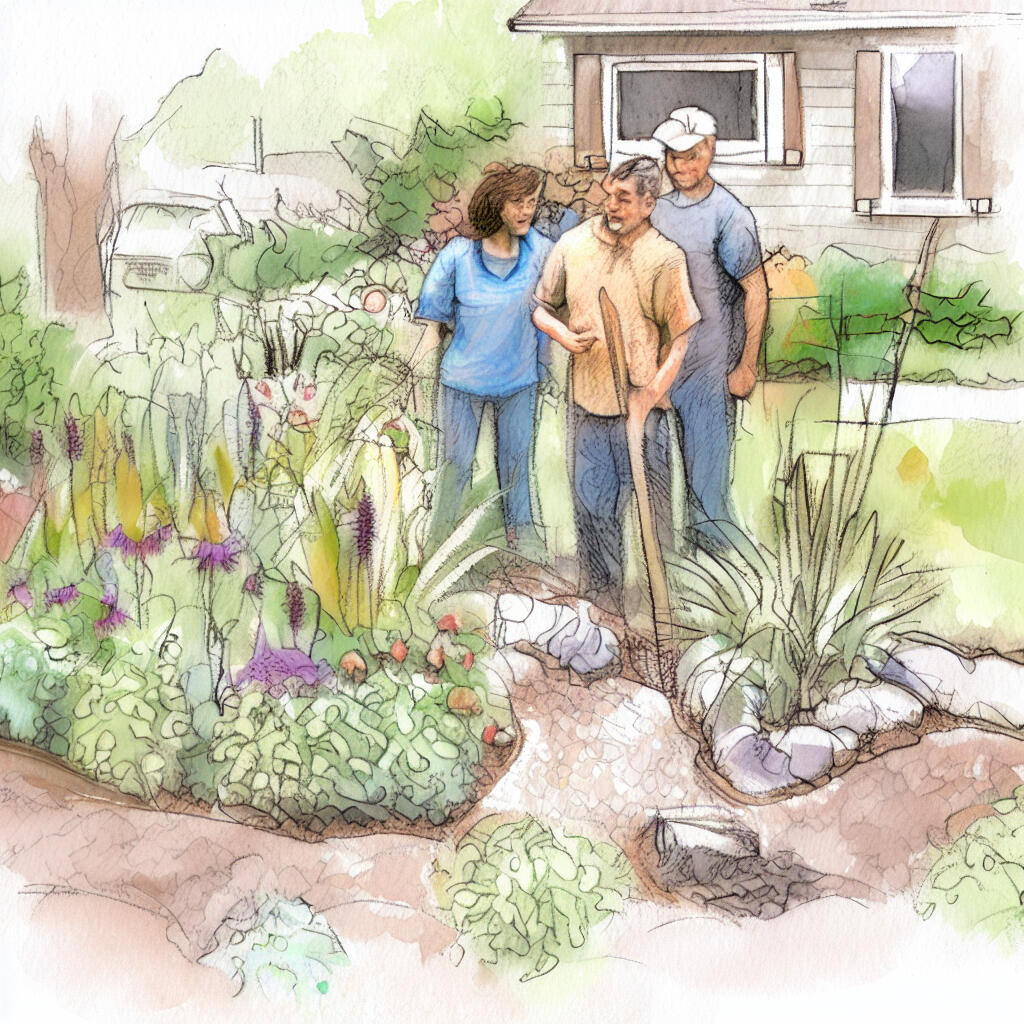
Planting
Once you have planned the garden and purchased your plants
1. Layout the garden
2. Dig the garden 5"-7" deep
3. Prepare the soil with compost
4. Plant the garden
5. Mulch the garden 2"-3" deep
6. Water and arrange downspouts
Rain Garden Guides and Packets
Buy today and start planning your rain garden this Spring!!! 💧💧💧
Included in the 3 guide, full-color, laminated packet:~ 10 Step – How To Build a Rain Garden
~ Season-to-Season Maintenance Guide for Rain Gardens
~ Plant Guide for Rain GardensIf you are having any issues purchasing guides and packets please contact Rain Garden Network with your order and we will help you.
Guides
Rain Garden Network Information and Installation Guides~ Rain Garden Installation Guide (Online course) - $5.00~ Rain Garden Native Plant Guide (Digital download) $5.00~ Rain Garden Maintenance Guide (Online course) - $5.00
$5.00
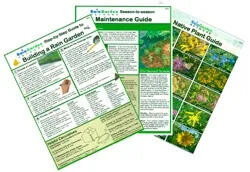
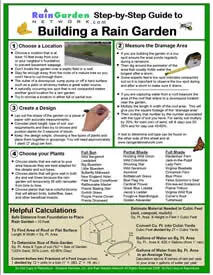
If you wish to make a purchase, the link will take you to our sister site Navigation a New Word.
Packets
Rain Garden Network Information and Installation Packets – (includes 3 guides)~ Step-by-Step Guide – How to Build a Rain Garden
~ Season-to-Season Guide – Rain Garden Maintenance
~Plants for Rain Gardens GuideChoice of laminated and unlaminated packets.
$12.00 - 20.00

The Rain Garden Network was started in 2003 to bring simple, proven, and inexpensive solutions for local stormwater issues to individuals, homeowners, groups, organizations, and municipalities.2025 All Rights Reserved Ecotone Services, Inc.
